I won't answer with a workflow on this one because it is not going to be a simple one. However, be sure to find the text mining example on the KNIME server, i.e. the one that makes use of the bag of words approach.
The task
Product mapping to categories should be a straight-forward data mining task because the information that explains the target variable is available in a quasi-exhaustive manner. Depending on the number of categories to train though, there is a risk that you might need more than 700 instances to learn from.
Some resources
Here are some resources, only the first one being truly specialised in text mining:
- Introduction on Information Retrieval, in particular chapter 13;
- Data Science for Business is an excellent introduction to data mining, including text mining (chapter 10), also do not forget the chapter about similarity (chapter 6);
- Machine Learning with R has the advantage of being accessible enough (chapter 4 provides an example of text classification with R code).
Preprocessing
First, you will have to preprocess your product labels a bit. Use KNIME's text analytics preprocessing nodes for that purpose, that is after you've transformed the product labels with Strings to Document:
Case Convert, Punctuation Erasure and Snowball Stemmer;- you probably won't need
Stop Word Filter, however, there may be quasi-stop words such as "product", which you may need to remove manually with Dictionary Filter;
- Be careful not to use any of the following without testing testing their impact first:
N Chars Filter (g may be a useful word), Number Filter (numbers may indicate quantities, which may be useful for classification).
Should you encounter any trouble with the relevant nodes (e.g. Punctuation Erasure can be tricky amazingly thanks to the tokenizer), you can always apply String Manipulation with regex before converting the Strings to Document.
Keep it short and simple: the lookup table
You could build a lookup table based on the 700 training instances. The book Data mining techniques as well as resource (2) present this approach in some detail. If any model performs any worse than the lookup table, you should abandon the model.
Nearest neighbors
Neural networks are probably overkill for this task.
Start with a K Nearest Neighbor node (applying a string distance such as Cosine, Levensthein or Jaro-Winkler). This approach requires the least amount of data wrangling. At the very least, it will provide an excellent baseline model, so it is most definitely worth a shot.
You'll need to tune the parameter k and to experiment with the distance types. The Parameter Optimization Loop pair will help you with optimizing k, you can include a Cross-Validation meta node inside of the said loop to obtain an estimate of the expected performance given k instead of only one point estimate per value of k. Use Cohen's Kappa as an optimization criterion, as proposed by the resource number (3) and available via the Scorer node.
After the parameter tuning, you'll have to evaluate the relevance of your model using yet another Cross-Validation meta node, then follow up with a Loop pair including Scorer to calculate the descriptives on performance metric(s) per iteration, finally use Statistics. Kappa is a convenient metric for this task because the target variable consists of many product categories.
Don't forget to test its performance against the lookup table.
What next ?
Should lookup table or k-nn work well for you, then there's nothing else to add.
Should any of those approaches fail, you might want to analyse the precise cases on which it fails. In addition, training set size may be too low, so you could manually classify another few hundred or thousand instances.
If after increasing the training set size, you are still dealing with a bad model, you can try the bag of words approach together with a Naive Bayes classifier (see chapter 13 of the Information Retrieval reference). There is no room here to elaborate on the bag of words approach and Naive Bayes but you'll find the resources here above useful for that purpose.
One last note. Personally, I find KNIME's Naive Bayes node to perform poorly, probably because it does not implement Laplace smoothening. However, KNIME's R Learner and R Predictor nodes will allow you to use R's e1071 package, as demonstrated by resource (3).

